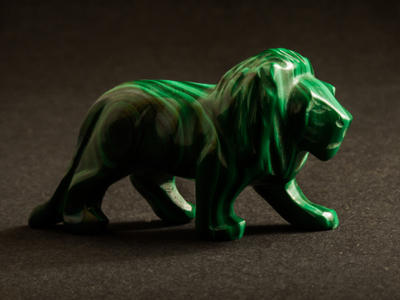
Periodic Table - Transition Elements
For GCSE Chemistry an understanding of the periodic table is required. In this particular quiz we focus on the transition elements (or the transition metals), which are found between groups 2 and 3 (please note that a few schools teach group 3 is called group 13).
The transition elements are a family of metals that are found in the block at the centre of the periodic table between group 2, the alkaline earth metals, and group 3, the group that includes the important metal aluminium. Transition elements are often referred to as the transition metals and they include metals that you are very familiar with - iron, copper, silver, gold, zinc and others. Many other transition elements are used for everyday items including coins. Coins are made from metals that are 'self-sterilising'. This means that bacteria on the surface of the coin are killed by the metal.
Iron (III) reddish brown
Copper (II) blue
Iron (III) blue
Copper (II) green
Iron (III) pale blue
Copper (II) brown
Iron (III) pale green
Copper (II) bright red
Ready for more?
not all...
quizzers. Try to win a coveted spot on our Hall of Fame Page.







